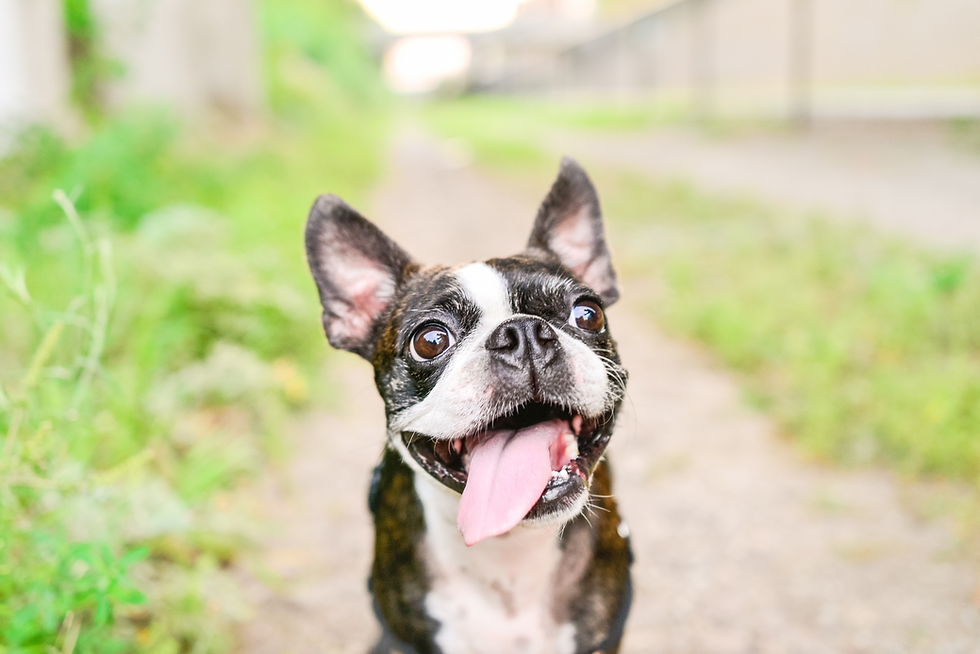How Long Can a Dog Go Without Peeing?
- travisortiz19
- Aug 15
- 2 min read
3 min read
As dog owners, we’ve all been there—stuck in traffic, working late, or trying to finish one last errand before heading home. But just how long can a dog safely “hold it” before it becomes a problem? While dogs are pretty good at controlling their bladder for short periods, going too long without relief can lead to discomfort, accidents, and even health issues.
In this post, we’ll break down how long dogs can typically go without peeing, the factors that affect their bladder capacity, and when it’s time to worry.

Average Time Dogs Can Hold Their Bladder
On average, a healthy adult dog can hold their bladder for 6–8 hours during the day.
Puppies, senior dogs, and small breeds typically need more frequent potty breaks. Here’s a quick breakdown:
Puppies (under 6 months): About 1 hour for every month of age (e.g., a 4-month-old can hold it ~4 hours)
Adult dogs (1–7 years): 6–8 hours
Senior dogs (8+ years): 4–6 hours
Small breeds: Often need breaks every 4–6 hours due to smaller bladders
💡 Rule of Thumb: Just because a dog can hold it for a certain number of hours doesn’t mean they should. Regular potty breaks keep your dog comfortable and healthy.
Factors That Affect How Long a Dog Can Go Without Peeing
Several factors can shorten or extend how long a dog can wait:
Age – Younger and older dogs need more frequent breaks.
Size & Breed – Smaller breeds have smaller bladders.
Diet & Hydration – More water intake means more bathroom trips.
Activity Level – Active dogs may need to pee more often.
Health Conditions – Urinary tract infections, kidney disease, or diabetes can increase frequency.
Risks of Holding It Too Long
If your dog regularly goes too long without urinating, it can lead to:
Urinary tract infections (UTIs)
Bladder stones
Kidney problems
Behavioral issues like indoor accidents or marking
📣 Dogs that strain to urinate, seem uncomfortable, or have accidents despite being house-trained should see a veterinarian promptly.
Tips to Help Your Dog Get Regular Potty Breaks
Set a Potty Schedule - Plan walks or backyard breaks every 4–6 hours for most adult dogs.
Use a Pet Sitter or Dog Walker - If you’re gone for long workdays, a midday visit can prevent discomfort and accidents.
Try Doggy Daycare - Great for social dogs and ensures frequent bathroom breaks.
Adjust Feeding & Water Times - Give water regularly, but avoid large amounts right before bed or a long stretch without access to a bathroom..




Comments